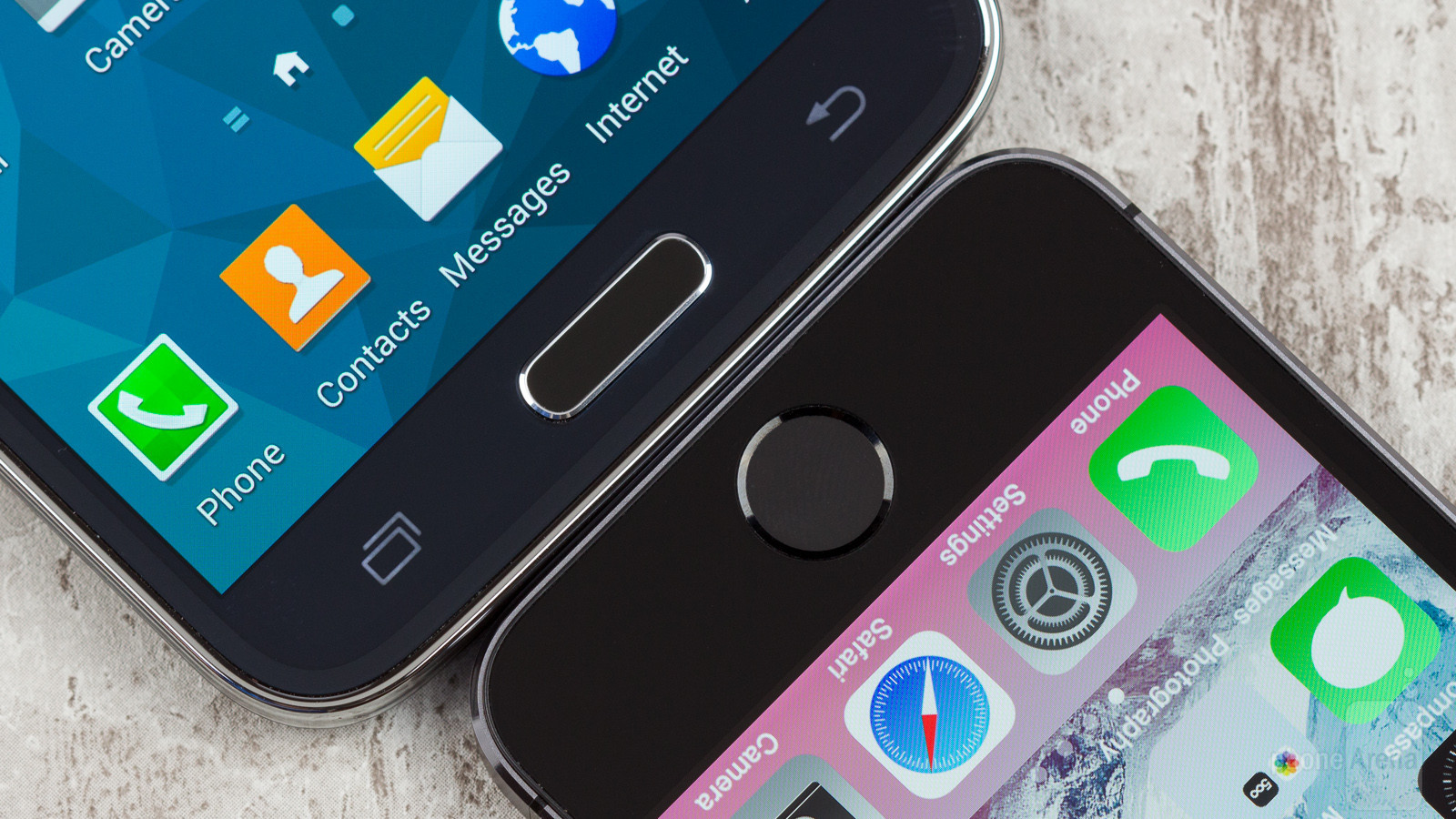By: Dmitry Mi.
11 AUG 2016
3012
For any mobile app development company, deciding which platform to develop on first is a crucial decision in the process. It is important both technically and for the bottom line of the business that ultimately owns the app. The normal cycle is to select a platform, build the app, and release it. You then measure audience reaction and make any changes or updates before moving to the second platform. This is normally done when you have a good user base or a structure and user flow that works. So, which is the best platform to design a mobile app on first: Android or iOS?
The quick answer is that in most cases, iOS app development should happen first. The longer answer is that it depends on a number of factors, including the objectives and the business’s target audience. The even longer answer below shows that there are significant benefits and challenges plus pros and cons of both platforms.
So while iOS is often the best platform to develop on first, it is usually a decision that has to be taken by a mobile app development company on a case-by-case basis. Below we look at the main differences, both from a business point of view and a technical one.
The Business Case
When looking at which platform to develop an app on first you can look at regional and global statistics. The answer to the question might be easier to find if the client has real numbers from their business. For example, if Google Analytics statistics on their website show they have more traffic using Apple devices than Android, it is reasonable to argue that they should build on the iOS platform first. Of course, the opposite is true too—if the client’s mobile website traffic is mostly on Android, they should consider going for Android first.
If the client of the mobile app development company doesn’t have data, worldwide stats can be looked at instead. These statistics are well known but are worth listing again here:
- user numbers – On a global scale, Android wins this by some distance, with Android device users accounting for about 80 percent of the worldwide market. Just over 17 percent of users are on iOS devices;
- user profile – Apple users are usually have higher incomes than Android users. This doesn’t mean you should always develop on iOS first, however, as the client may want to target lower-income users. It is a factor that should be considered, though;
- app downloads – It is not surprising that Android leads this measurement as well given there are more Android devices in use than iOS devices. In Q1 2016, there were about twice as many app downloads on the Google Play Store as compared to the iOS App Store;
- app revenue – This is one of the most interesting measurements. The research cited above from App Annie also looked at app revenue in Q1 2016. It found that iOS App Store revenue was 90 percent higher than revenue on Google Play.
None of these statistics will give you a definitive answer as to which platform should be developed first, and there is no right or wrong answer—what is the best decision for one mobile app development company will not always work for another. It is important to know the facts though.
It is also important to look at the objective of the app. Is it a premium app targeted at a specific group of people? If so, the priority could be the iOS platform. If, on the other hand, it is a free app aimed at the widest audience possible, with a freemium business model (ad revenue and in-app purchases), Android should be considered as the first-choice platform.
The Technical Case
There are four main areas to look at when considering the platform to build on first:
- Coding practicalities.
- Phone operating system compatibility issues.
- App store features and ease of use.
- Opinion of the development community.
Coding Practicalities
Let’s start by looking at the practicalities of building on either the Android or iOS platforms. Firstly, Android apps require 40 percent more code than iOS apps. Not all of the code produced in an Android app is written by the developer of course; large amounts of it are generated automatically. It is still code that needs to be handled by the developer though. That means checking it, debugging it, and maintaining it once the app is released.
Secondly, android apps take 30 percent longer to develop. The fact that Android apps have more code plays a role in this, but there are other factors that push out the development time on Android apps as well. This includes the speed of emulators, which are usually slower than iOS emulators. There is also the number of devices you have to test. For consumers, the larger number of manufacturers and models of Android devices delivers more choice, but for a developer it means more work per app. This is because each model of phone can be different in a number of areas:
- screen size;
- screen resolution;
- hardware capabilities;
- and more.
Operating System Compatability Issues
It takes longer to develop an app when you have to make it compatible with a large number of operating system versions. More operating systems results in more testing, debugging, coding, and maintenance.
What is the difference, then, between iOS and Android operating system usage? According to research by the University of British Columbia released in January 2016, only 0.7 percent of Android users had upgraded to the latest Marshmallow version. The equivalent figure on iOS was 75 percent who had upgraded to the most recent version.
Every development project has to look at how far back they will go to make their app compatible with mobile operating system versions in order to reach the widest possible audience. You will either have to go back much further when developing on Android app or decide on a cut-off that will restrict significant numbers of users from accessing the app.
Let’s put some real numbers on this from figures available in January 2016:
- 92 percent of users on iOS devices were on iOS 8 or iOS 9, the latest two versions of the operating system;
- About 51 percent of users on Android devices were on Lollipop or Marshmallow, the latest versions of that operating system.
App Store Features
What about app publishing on the respective stores? When you look at the processes involved and the features available, the Google Play Store is the easy winner. To publish an Android app, you just upload it to the Google Play Store, where it is almost immediately available (within a few hours usually). It is also easier to update. In fact, you can update it as often as you want, including multiple times in a single day. The beta version functionality is good too. It means you can upload and live test a beta version before launching publically.
Difficult is the best word to describe the iOS App Store. The rules are more restrictive, plus every new app and update goes through a strict approval process. This can take anywhere from a day to several weeks. Speed is not something they do well.
Google Play has another feature that appeals to many clients and developers: the staggered release option. With this functionality, you can restrict new versions of your app to small percentages of the app’s users. This helps control and stagger traffic levels, and it assists enormously in the debugging process, particularly for widely used apps. When implemented properly, the staggered release option means only a small percentage of users experience an app’s main bugs. These can be corrected before the app is rolled out to everyone.
The Opinion Of Other Developers
Finally, what about the difference between actually using the two development platforms? While opinions vary, Apple’s XCode IDE build application is generally more liked than Android Studio. On the other hand, Android Studio is less restrictive as it is open source, so it gives developers much more flexibility.
Choosing whether to develop on the Android platform first or the iOS platform is a balancing act, with neither option presenting itself as the outright winner. However, the coding benefits and nature of the typical audience usually put iOS first.
 Services
Services
 Work
Work
 Company
Company
 Blog
Blog
 Contact
Contact



